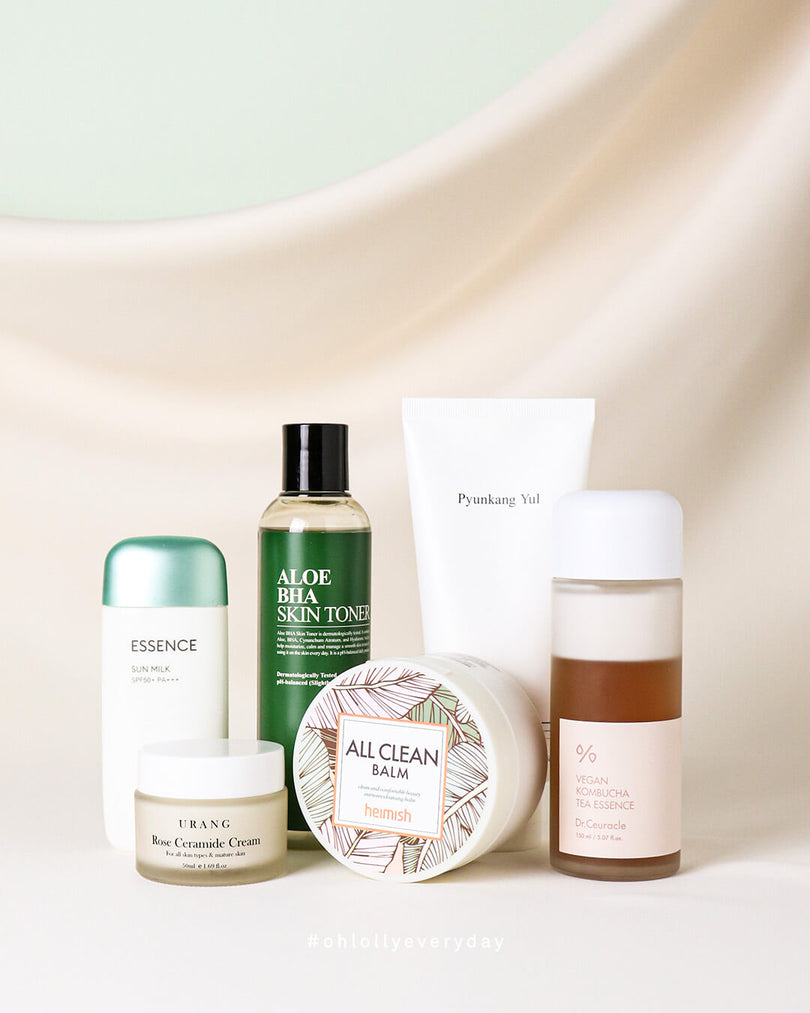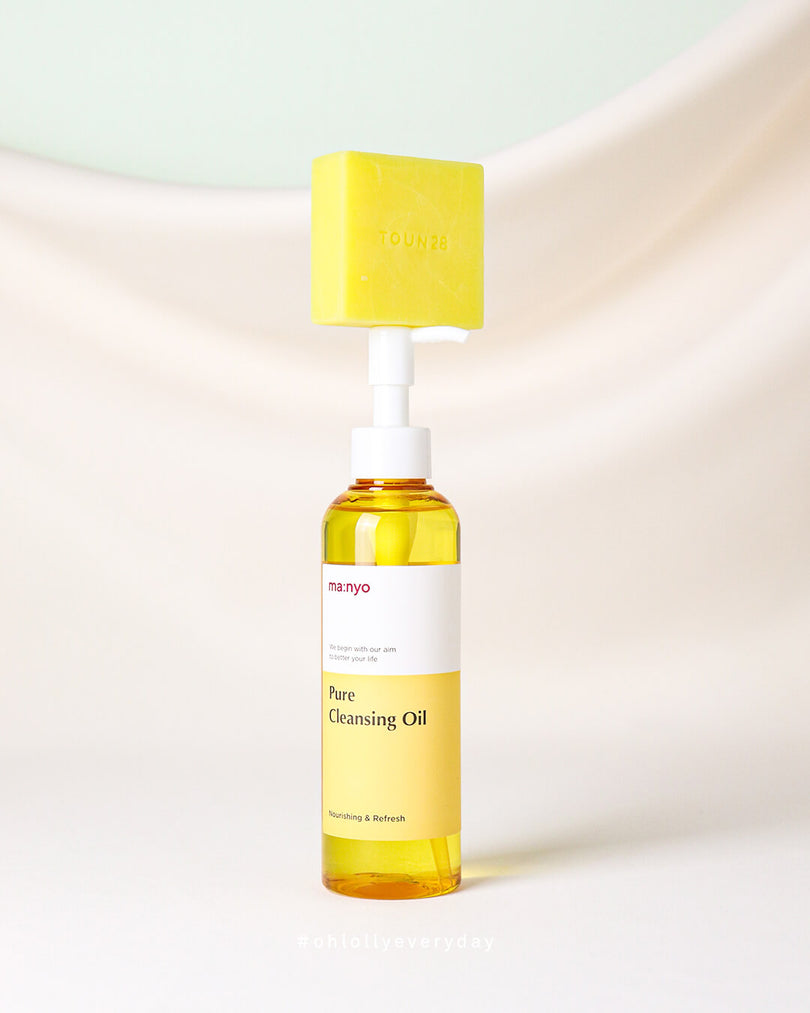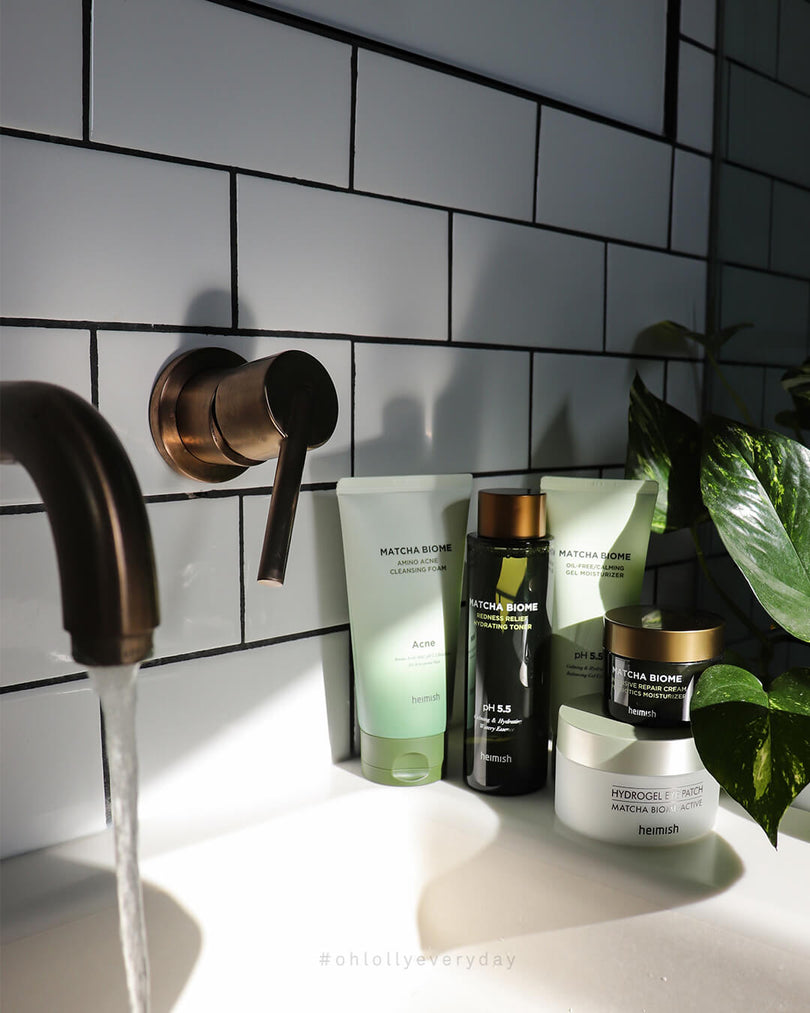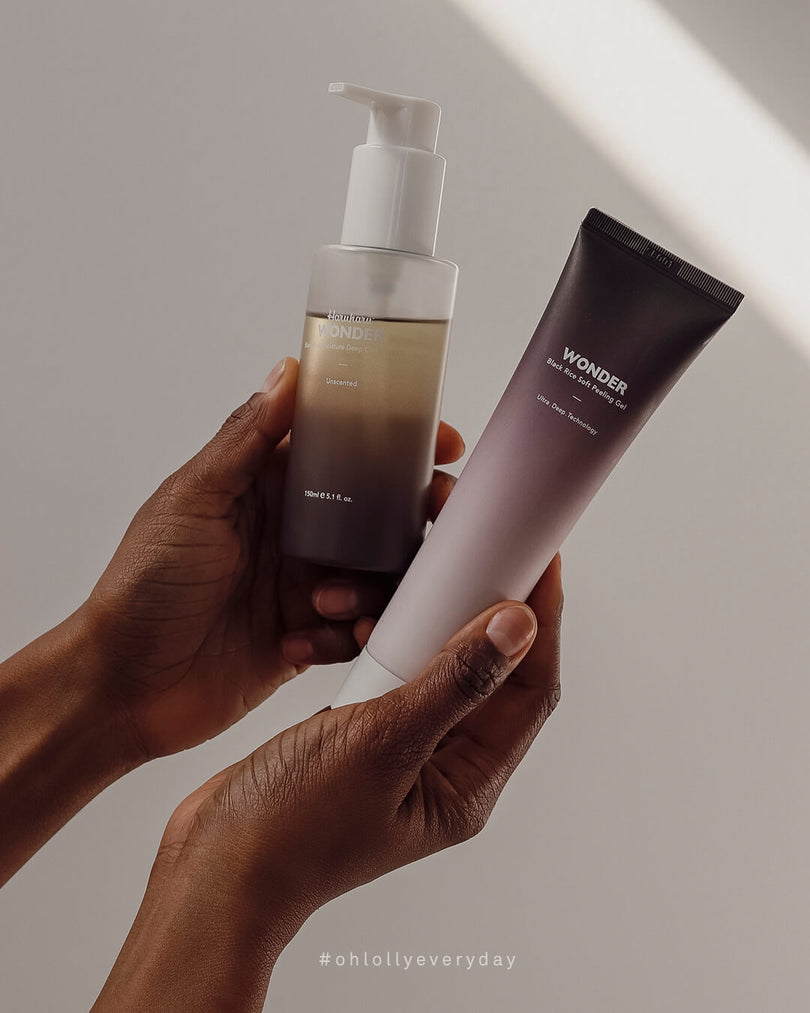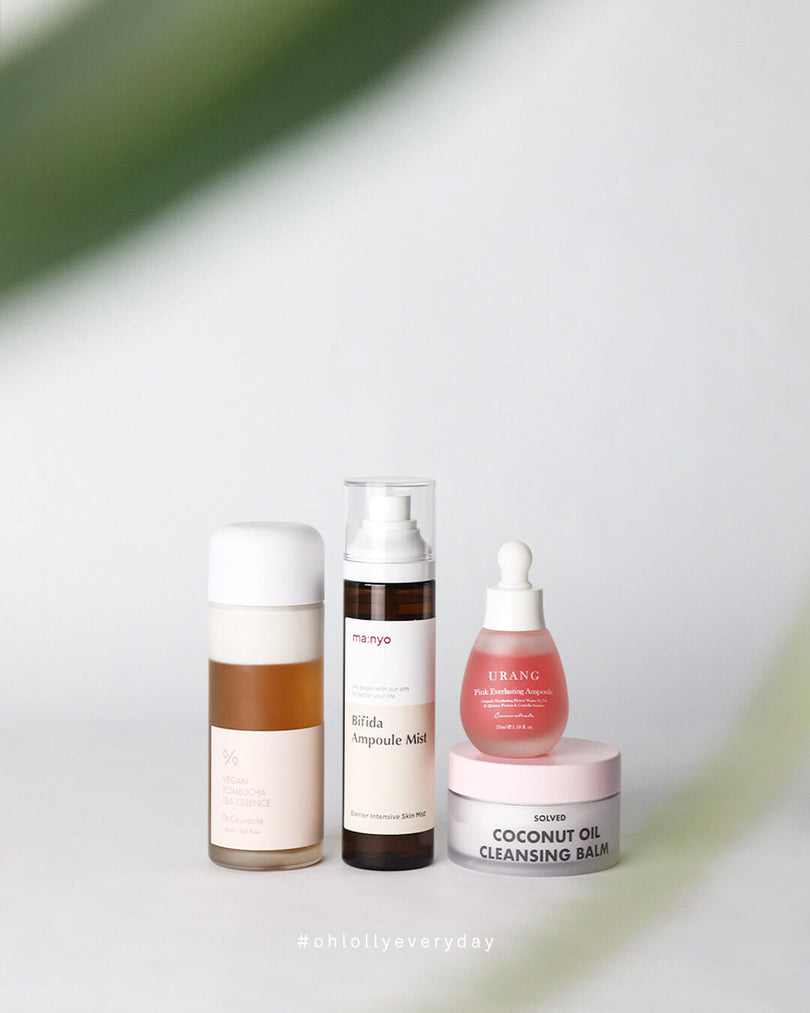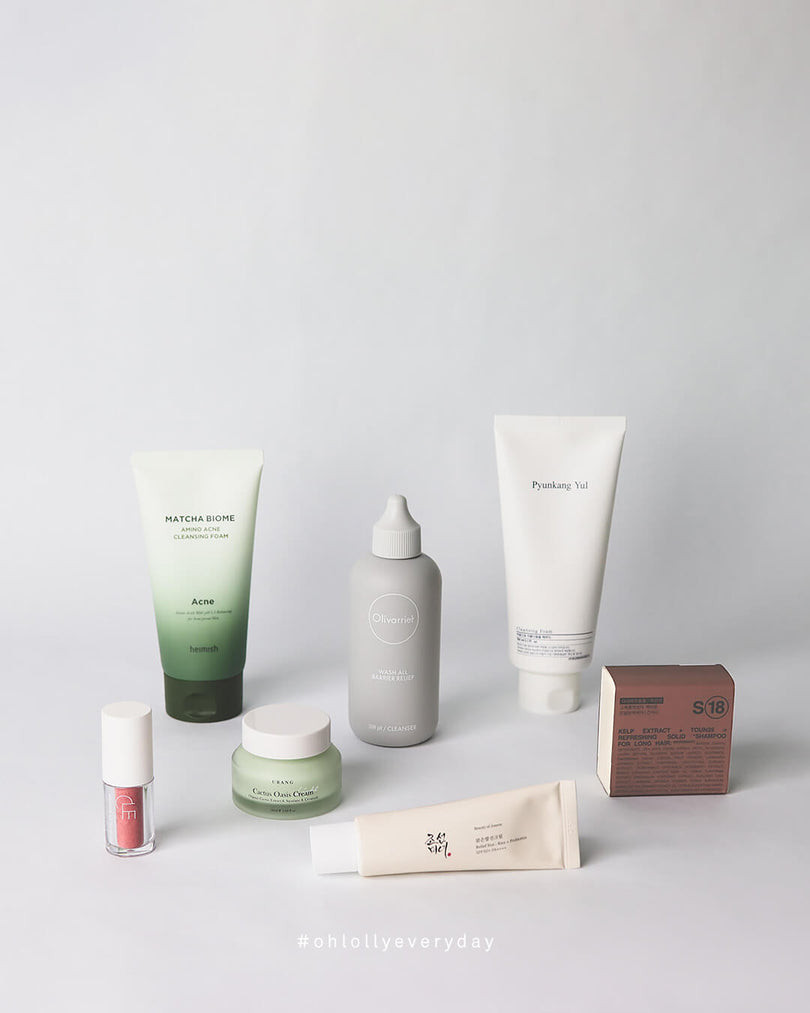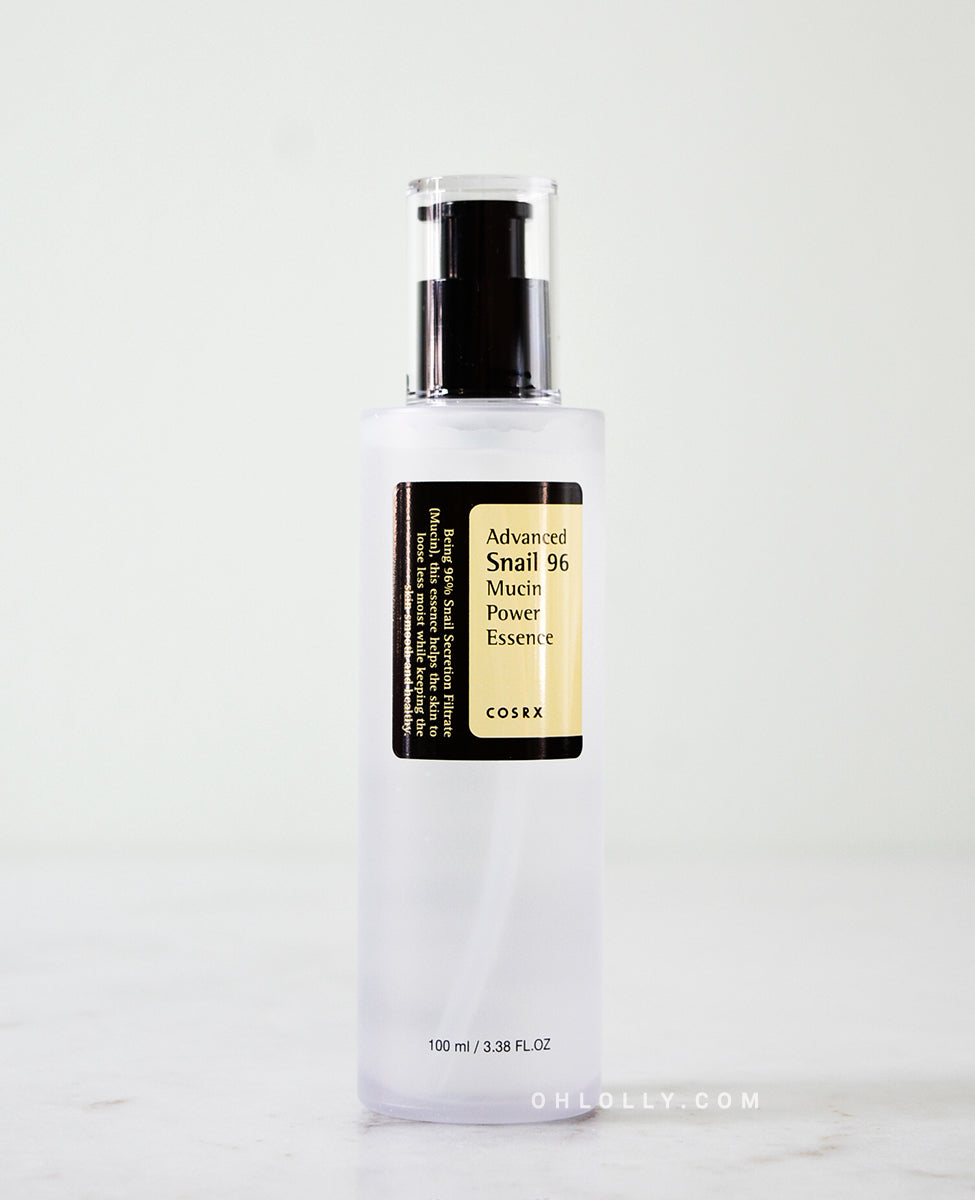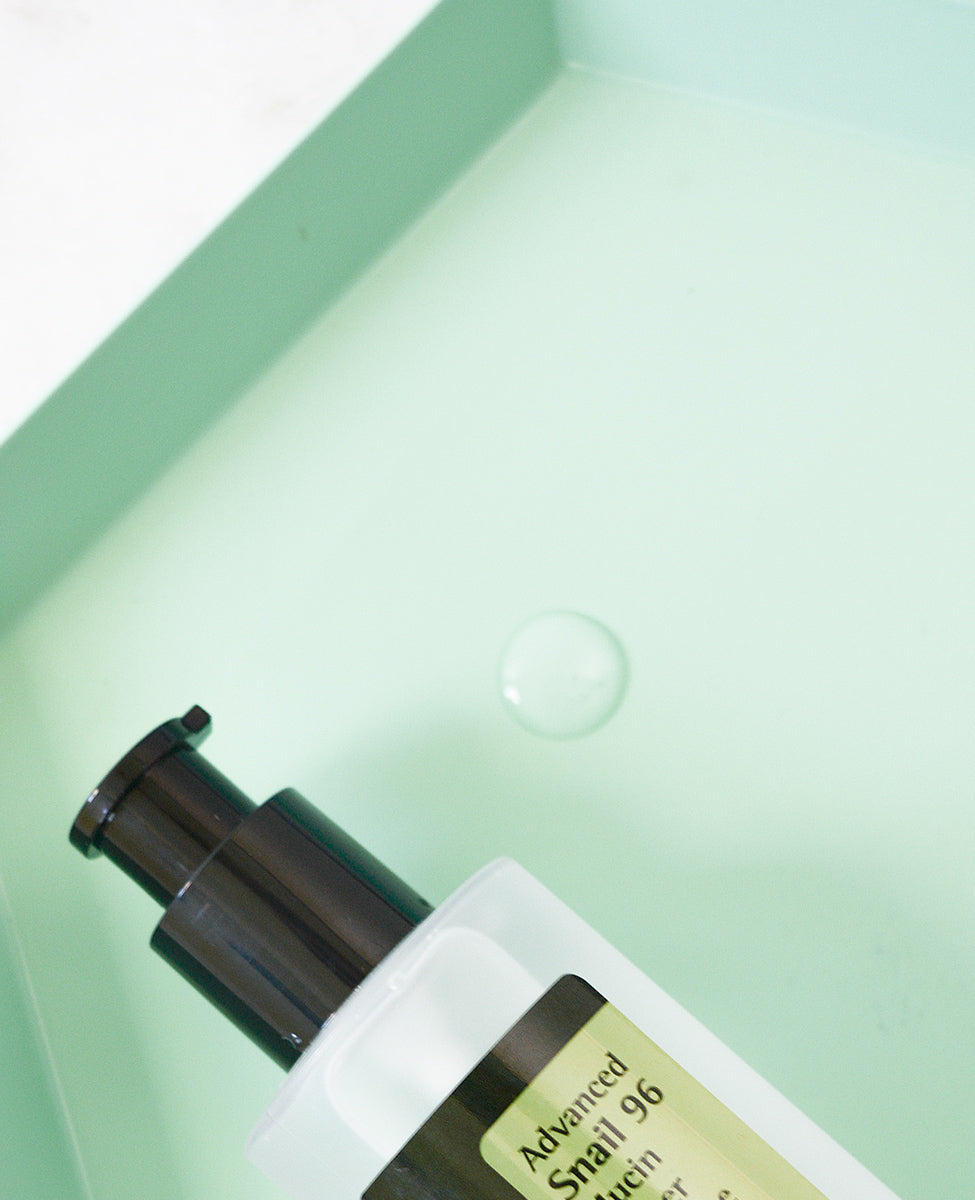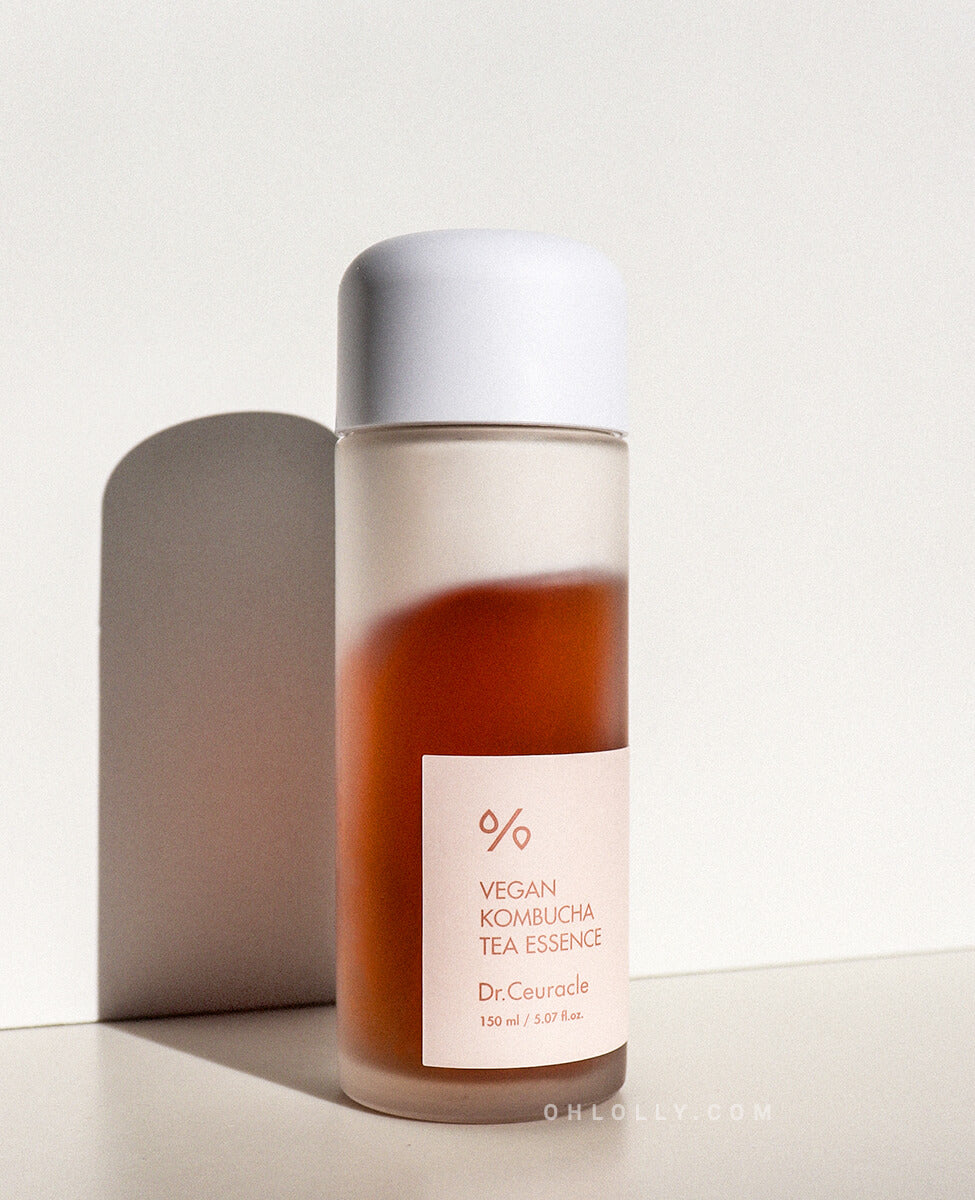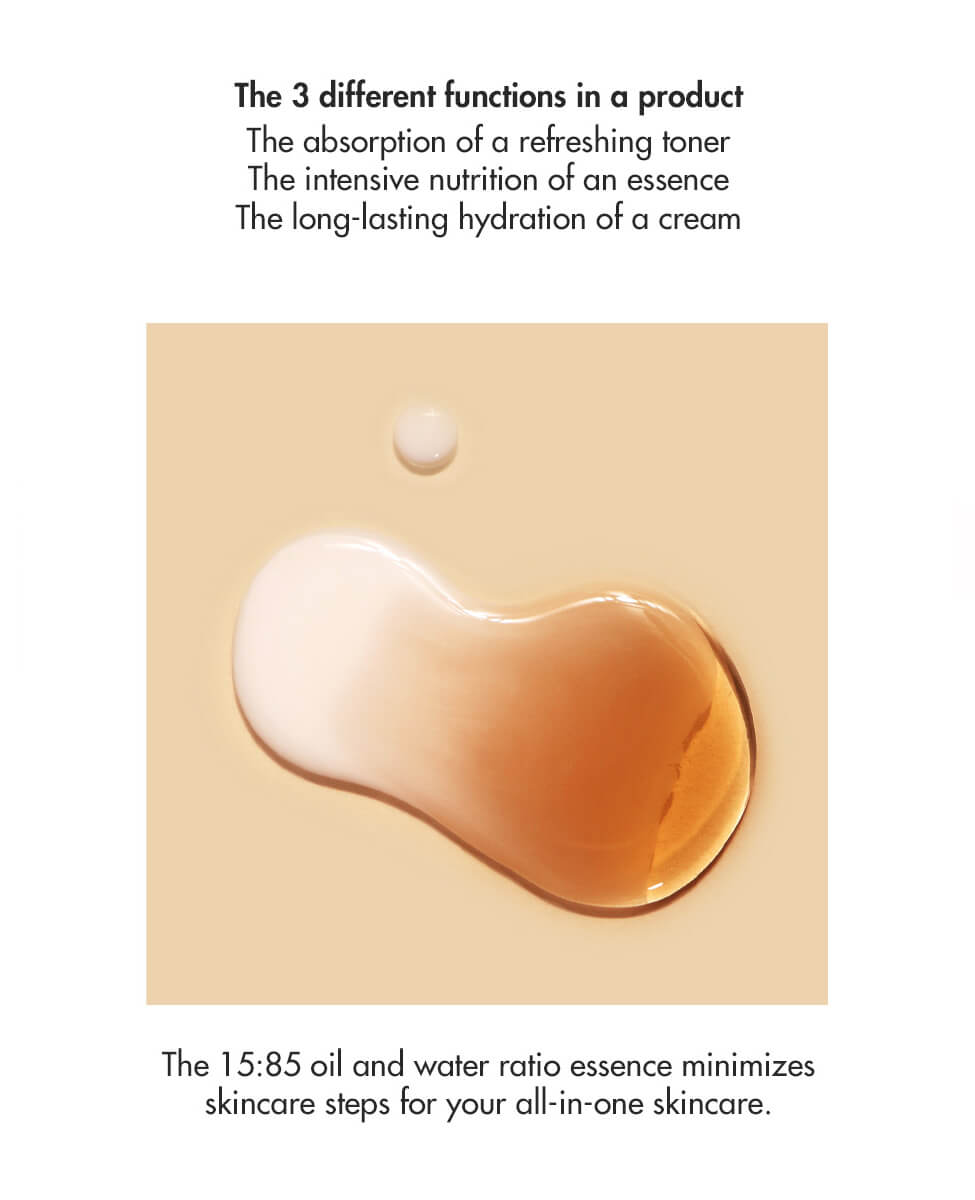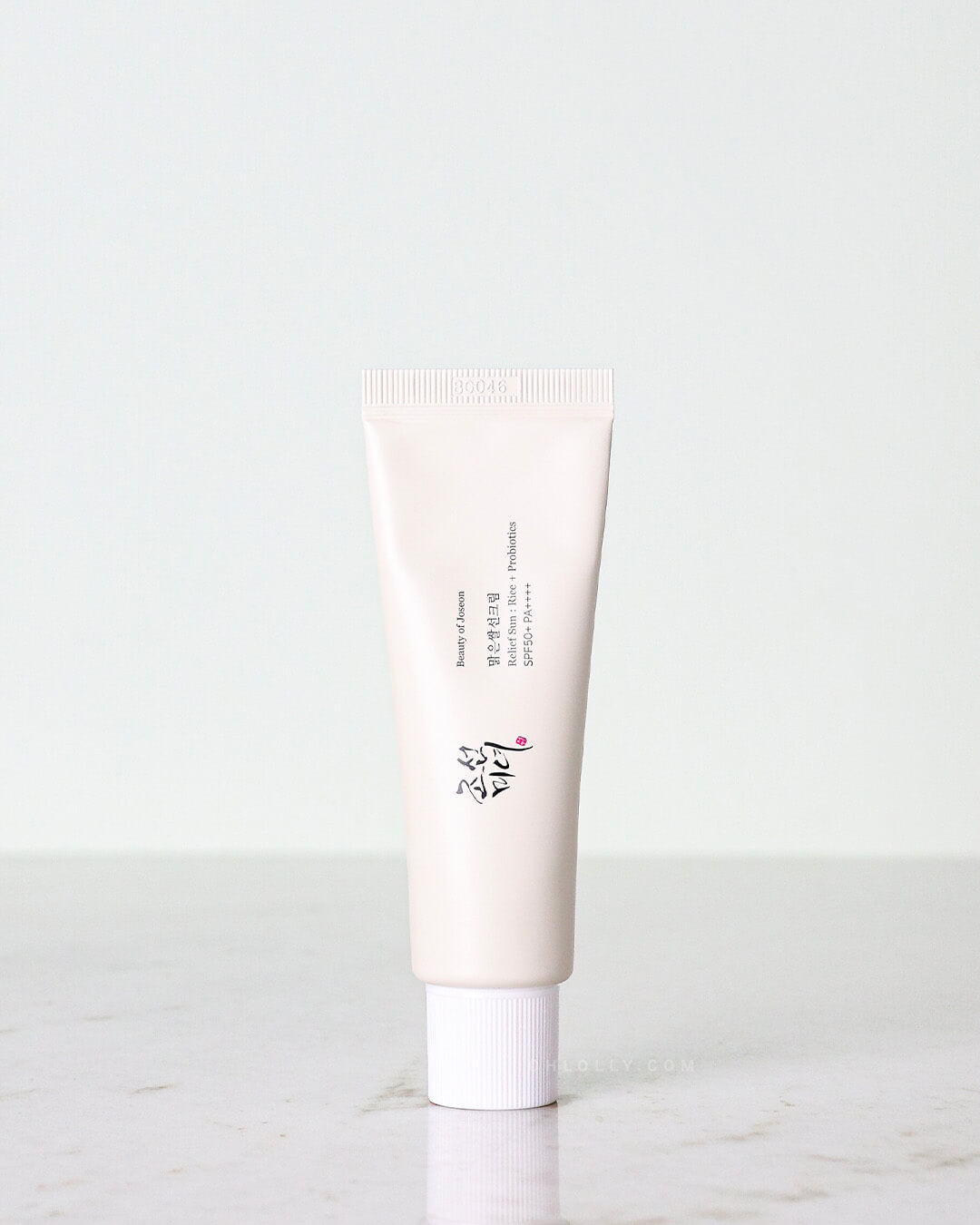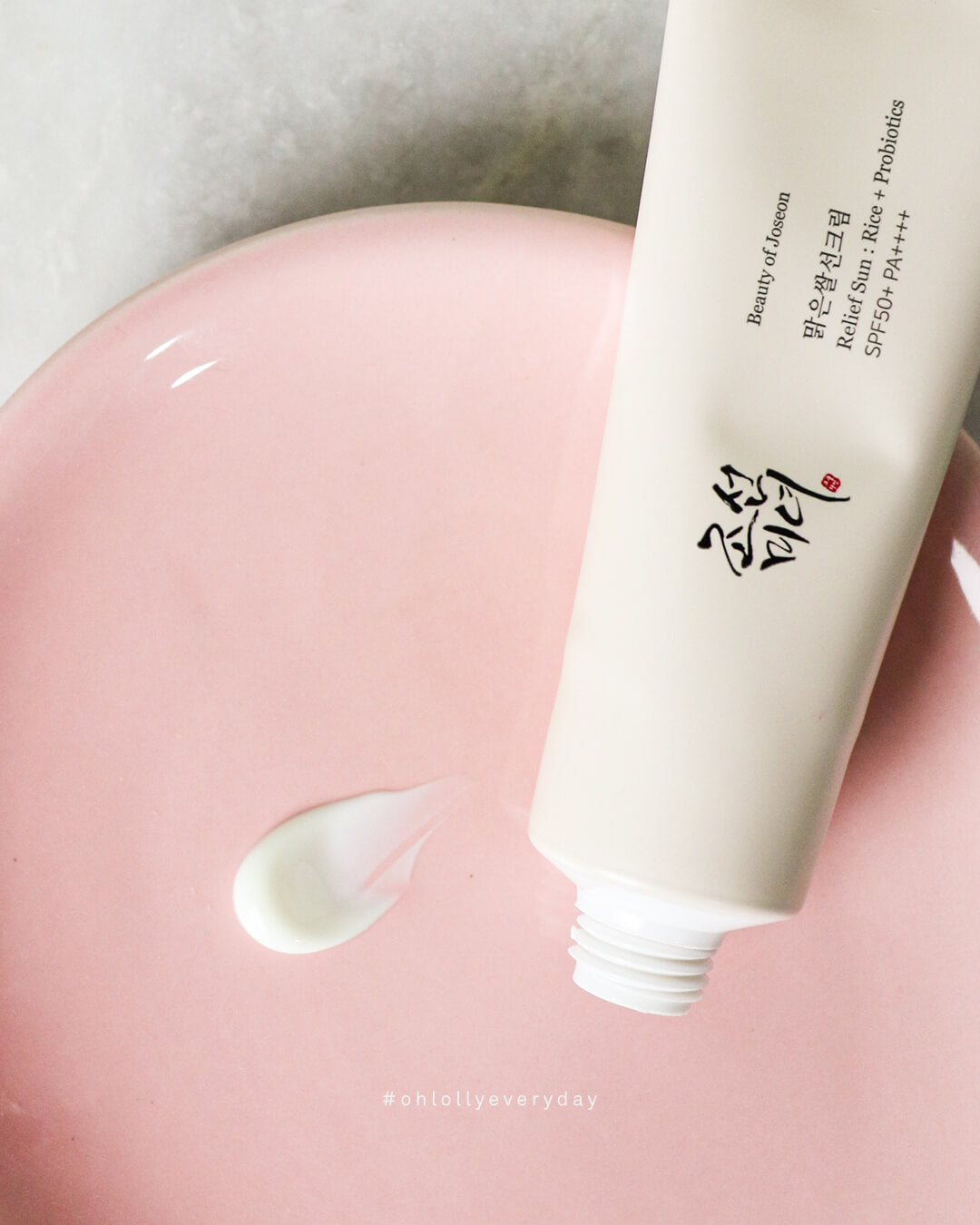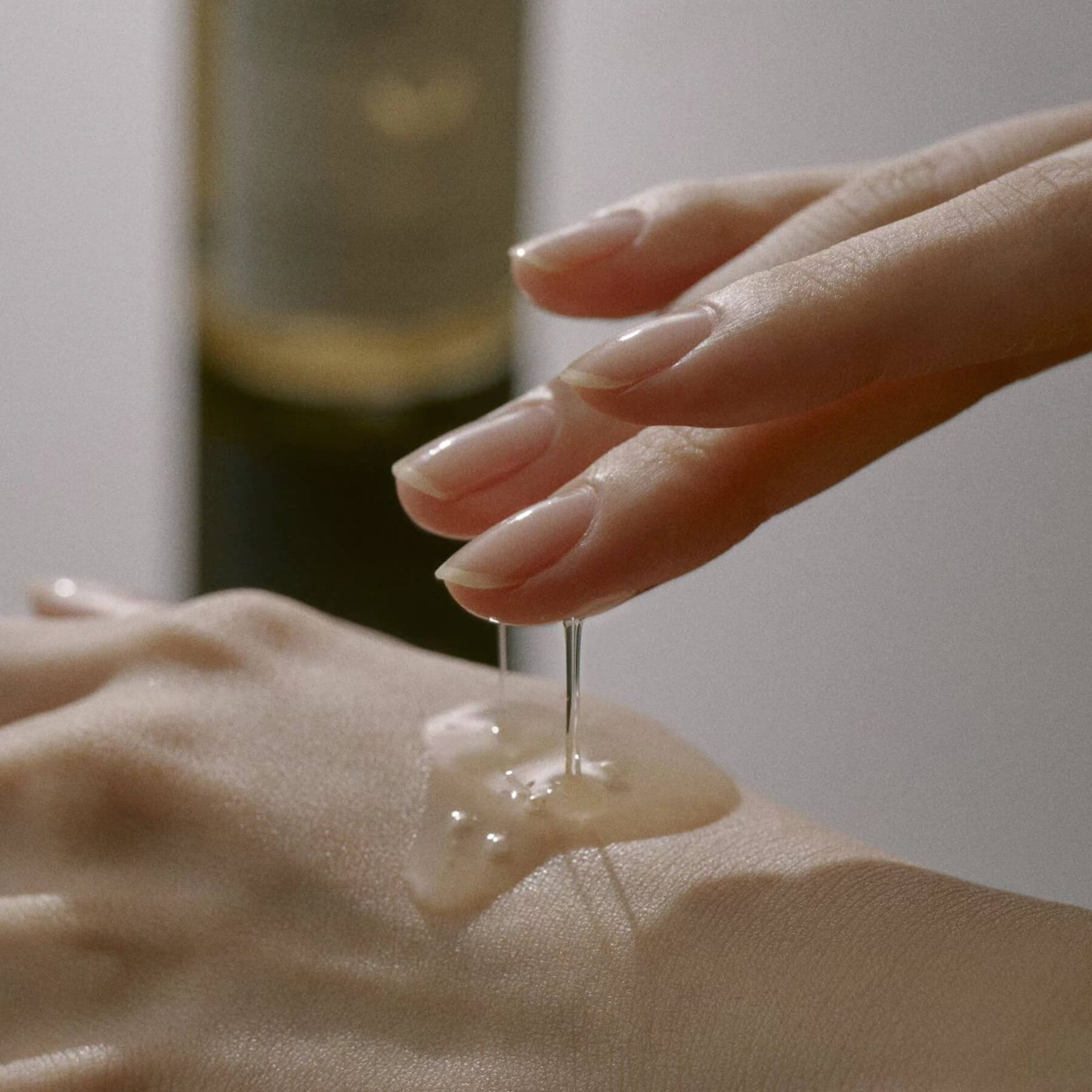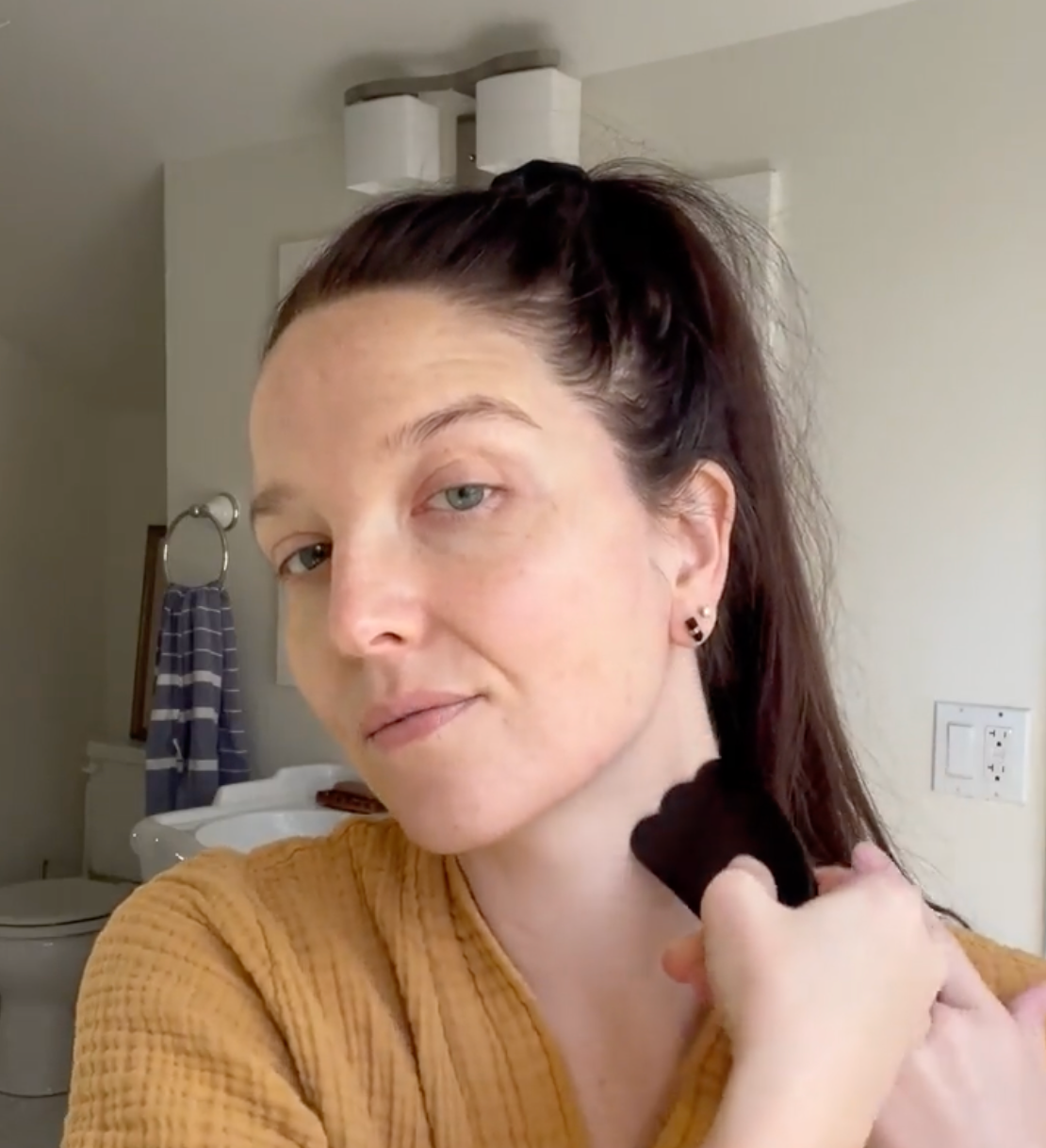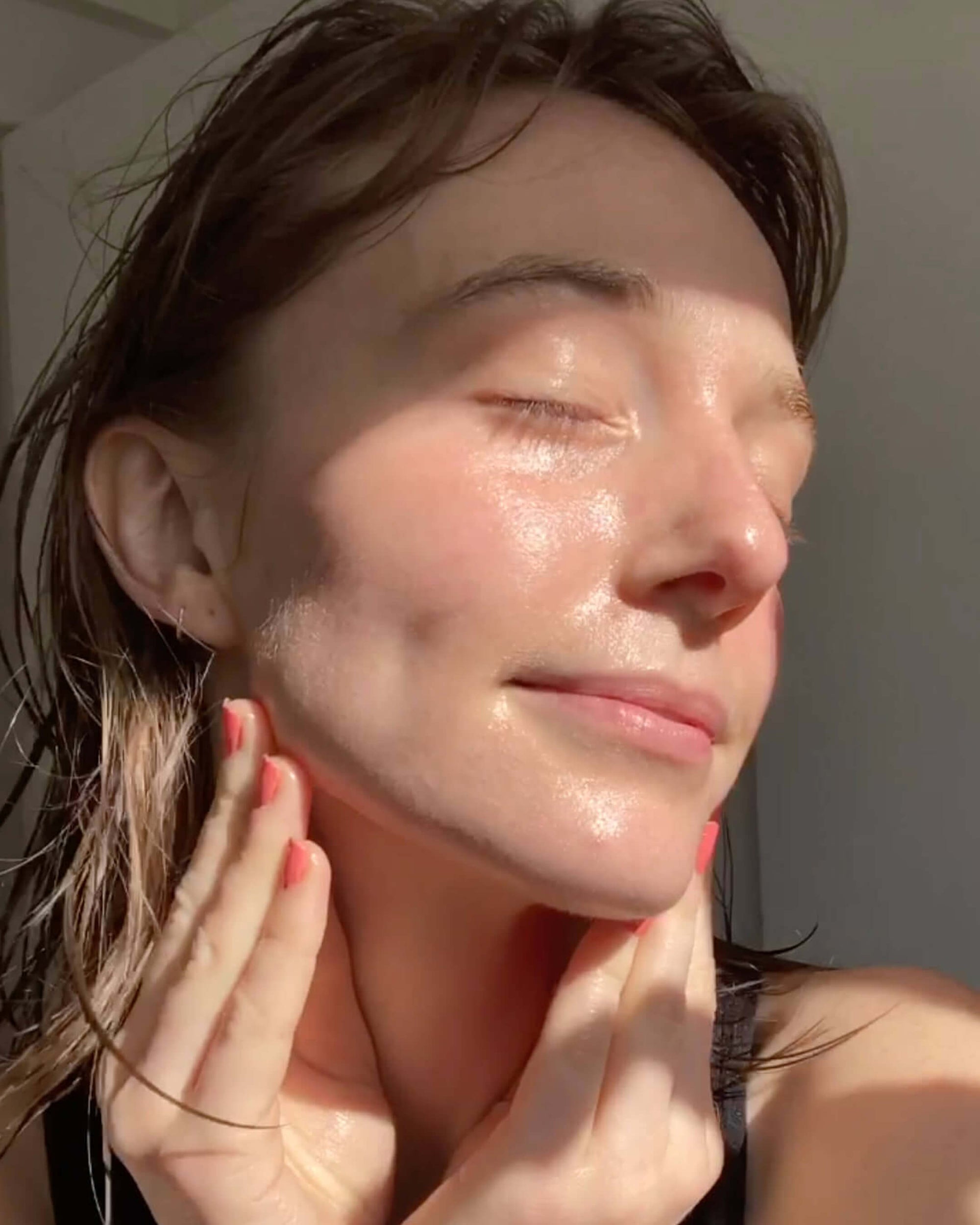Did you know that getting burned by the sun is not the same thing as getting burned by something hot? It doesn’t matter if it’s an overcast day or one with cooler temps, the sun’s ultraviolet rays are as sneaky as they are potent. Burns often mean bad news for our skin.
Thanks to our recent time indoors (looking at you, COVID-19), we’re all eager to get outside and enjoy the summer sunshine. A deep dive into sun exposure can help reveal the why behind the what that are the constant sunscreen reminders to come.
So let’s dive in. Here’s what’s really going on when we burn:
What’s in a ray?
We may call it a “burn,” but thermal burns -- what happens when we touch a hot pan, for example -- occur in response to infrared radiation (heat), which has wavelengths ranging from 1000 micrometers to 760 nanometers. Sunburns occur as a toxic response to ultraviolet (UV) radiation, which has shorter wavelengths (therefore, a higher frequency) in the range of 180-400 nanometers.

UV’s higher energy means that it can break chemical bonds, a process known as ionization. This is great for sterilizing and disinfecting surfaces, but ionization can also have a damaging effect when it breaks bonds in live tissues. This creates free radicals, unstable molecules that cause oxidative stress in the body leading to cell breakdown, disease and many different signs of aging.
The Skin We’re In
Our skin is composed of three layers:
- the epidermis, or outer layer, which is waterproof and determines our skin tone.
- the dermis, middle layer, containing connective tissue, hair follicles and sweat glands.
- the hypodermis, the deepest layer, composed of fat and more connective tissue.

Image: WEBMD
Skin cells are constantly being replicated; think of how often you might scratch or get a cut, no matter how small it is. Those skin cells need to be repaired or replaced, so it’s important that a cell’s genetic material is correct. Faulty DNA produces faulty skin cells, a prime environment in which cancer can develop.
UV radiation is a known genetic disruptor. UVB rays penetrate the epidermis, leading to that well-known “B” burn. UVA rays can penetrate all the way to the hypodermis, damaging the skin’s proteins, membranes, and DNA. Damage to the underlying structure of the skin is another way of saying loss of elasticity, moisture and sagging -- all long term signs of aging.
Sizzle, Sizzle
So, what happens if we actually turn red? When DNA damage is detected in the top layer of the epidermis, the affected cells initiate an immune response. Blood vessels dilate, causing the hot swelling and painful sensitivity characteristic of a sunburn. This immune response can peak up to two days after sun exposure, which makes “waiting until you look red” a poor indicator of when to come in out of the sun.
Blistering develops when the top layer of the epidermis has been so badly damaged, a dead layer of skin cells separates from the one beneath it and fills up with fluid. After the swelling and inflammation decreases, this dead skin literally “peels” off, resulting in the peeling stage also characteristic of a sunburn.

A protective tan?
The tan that sometimes follows a burn is the work of melanin, which is the pigment also responsible for our hair color and natural skin tone. When skin cells have DNA damage, they produce melanin in response as a form of protection from future UV exposure. However, it’s a very, very low form of protection. With an approximate SPF 2, melanin is not a replacement for sunscreen. This is a form of tanning known as Delayed Pigment Darkening.
Immediate Pigment Darkening occurs in response to UVA and/or UVB rays as the skin redistributes melanin already present within it. Over time, this kind of tan causes skin to become rough and dry and offers zero UV protection.
As a reminder, any change in skin color, from burning red to golden brown, is a sign DNA damage has occurred. The skin is a smart, powerful organ, protecting everything we need inside the body from anything outside that could threaten it. While there’s no question that sunshine is vital to our happiness and well-being, it’s always a good idea to not overdo it.
The Hero Product
SPF is truly the only anti-aging product that works immediately to prevent fine lines, wrinkles, hyperpigmentation, rough patches and more. And if you really want to upgrade your sun protection, then be sure to find out which skincare ingredient is the best to pair with SPF. There are happy sun days ahead. So stay smart, and stay (sun) safe!
Curious about which sunscreen is right for you? We’re here to help! Email hello@ohlolly.com with any questions.
Written by Ziza


